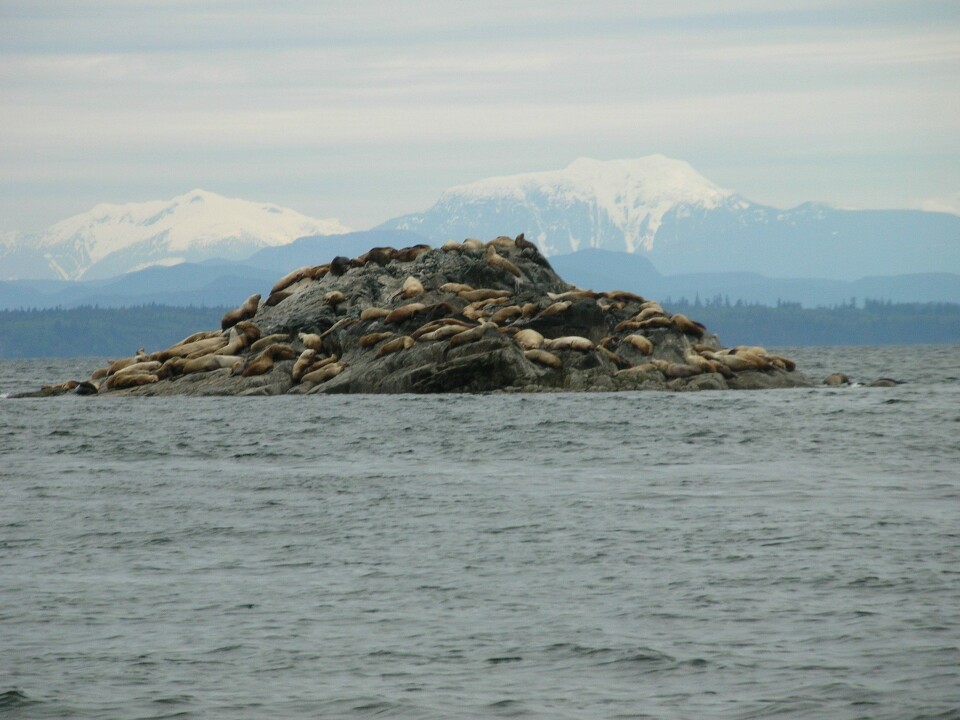
Proliferation of predators a problem in B.C.
Every year you will see one or more stories on television in British Columbia where well-meaning organizations and public aquariums highlight the rescue and rehabilitation of seal pups and sea lions to great expense usually funded by a sympathetic public. But instead of the harbour seals (totalling close to 130,000 in B.C.- the biggest population in the world) or the prolific California sea lions (expanding at a level of 5% annually- Wikipedia) being in any kind of danger of disappearing from the B.C. coast, they have both become a nuisance for anybody relying on the presence of healthy fish stocks- be it in a farm or where commercial- and sport fishers carry out their work. The larger Steller sea lion is another story. The overall population in the eastern Pacific Ocean has dropped by some 75% since 1980- all of this taking place in Alaska. The population from northern B.C. to California is stable (North Pacific Universities Marine Mammal Research Consortium).
A few years ago, a fish farming company with farms in Clayoquot Sound experienced large problems as a result of thousands of sea lions coming into the farming areas. After many trials and the installation of large nets in order to stop the animals from jumping over the net-pen walkways and into the grower nets, Creative Salmon Company no longer considers interaction with marine mammals a significant problem. And now, Marine Harvest Canada is going through a similar development at its farm sites in Quatsino Sound on the northwest coast of Vancouver Island, as reported this week in the Campbell River Courier-Islander;
Marine Harvest Canada says it will spend $500,000 at two farm sites in the Quatsino area to ensure that lethal interactions with seals and sea lions are drastically reduced, if not eliminated. MHC said they experienced higher than normal culls of seals and sea lions during the first two quarters of 2011. MHC said one hundred and twenty four seals and/or sea lions were killed in the first quarter, and 92 in the second quarter representing more than a two-fold increase over the same period in 2010 and a four-fold increase over 2009. This unusually high interaction with seals and sea lions was most evident in Quatsino Sound, located on the Northwest tip of Vancouver Island, which witnessed marine mammals move into the area at unprecedented numbers this past winter.
Predator control authorization for salmon farms is included in the Finfish Aquaculture License issued by Fisheries and Oceans Canada (DFO). As detailed in this license, a farmer may only take lethal action as a last resort against a particularly aggressive and persistent individual marine predator if it presents imminent danger to the facility or human life and only after all reasonable measures have been exhausted (acoustic deterrents are prohibited).
Although preliminary third quarter numbers are far lower at about 5 lethal interactions, MHC is taking steps to address the matter. "While we need to prevent damage to our nets and the potential risk of escapes, these unusually high lethal interactions with marine mammals cannot continue," said James Gaskill, MHC's Production Director, "and in response we have invested in additional protector netting at high risk farms that will reduce or eliminate these interactions."
The nets, referred to as winter predator guards, encompass the entire farm and provide a first wall of defense against marine predators. They are constructed of high density polyethylene and include a stainless steel core and will cost $250,000 to outfit each farm site. They will be in place prior to the winter season when seals and sea lions begin to move into the area. "Marine users such as commercial fisheries, aquaculture, tourism and transport are all finding ways to accommodate this increase in marine mammal interactions," said Clare Backman, MHC's Sustainability Programs Director. "It's imperative that we take all necessary steps to eliminate lethal interactions."






















































